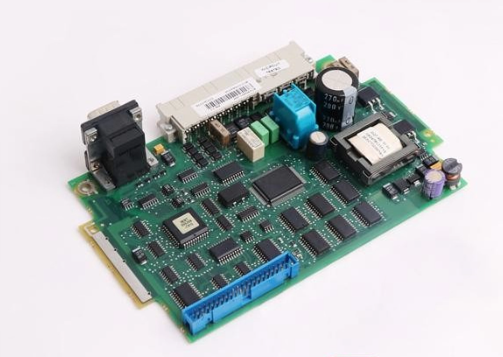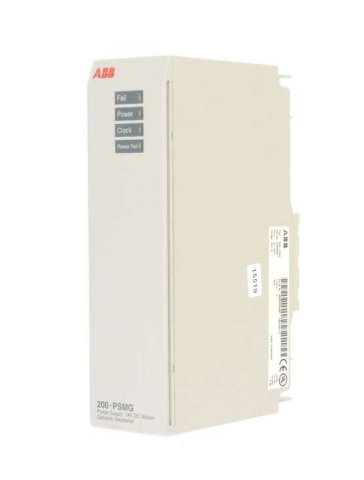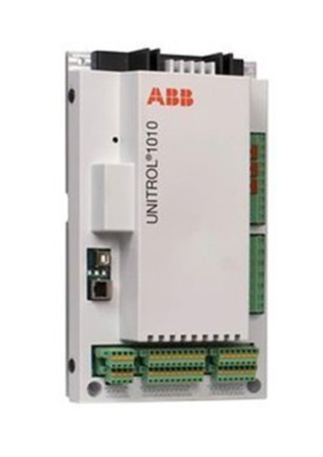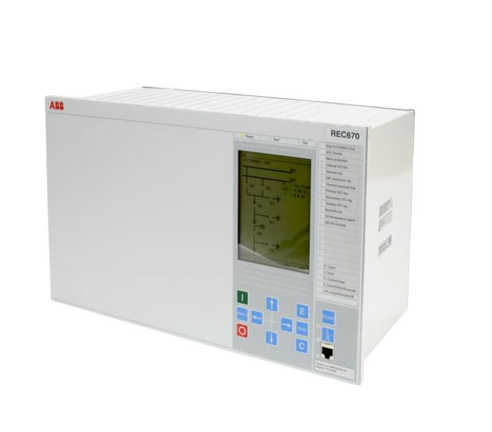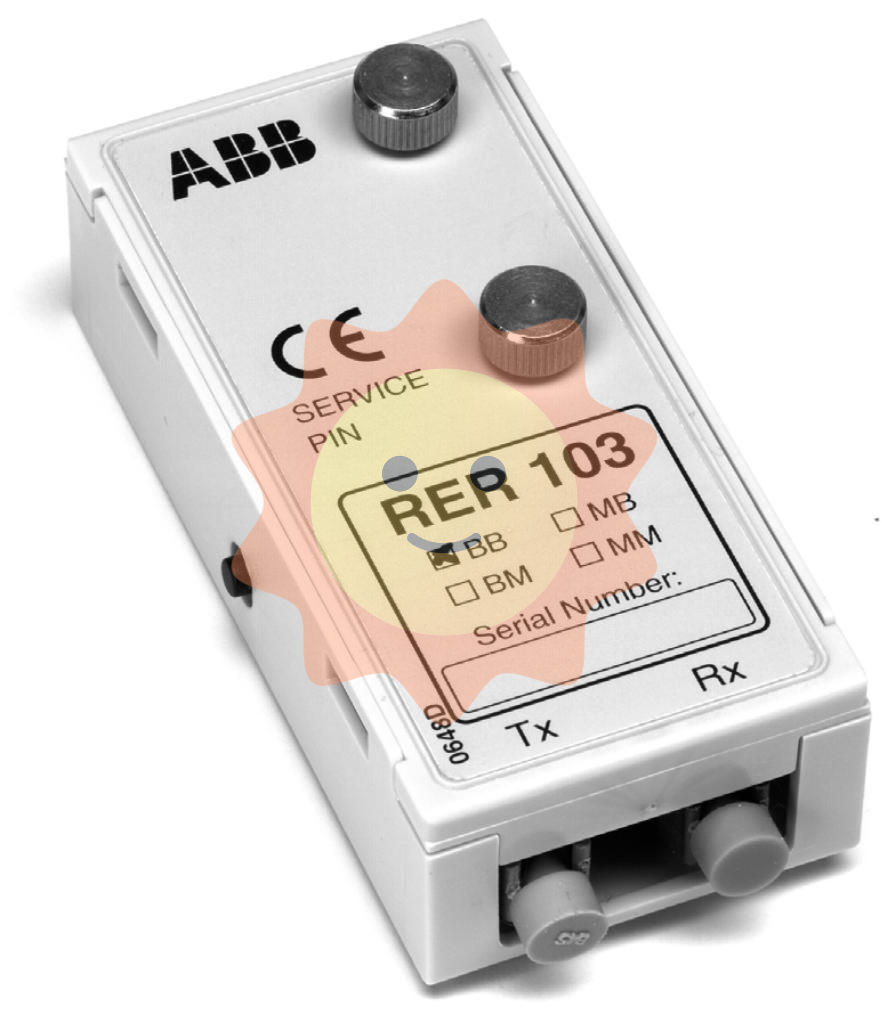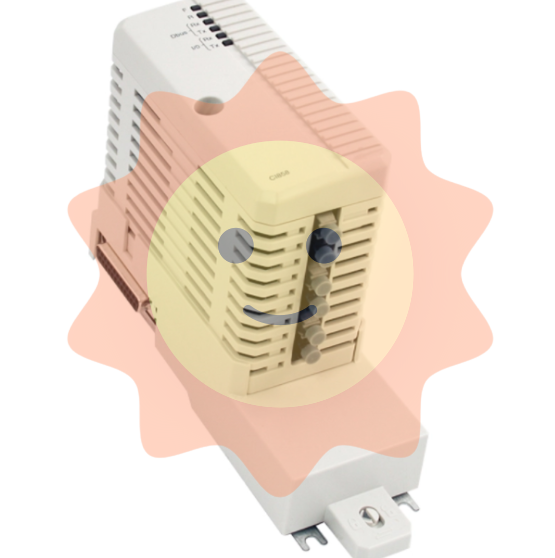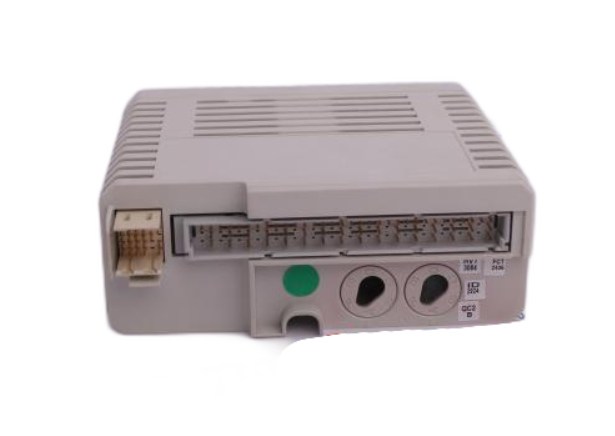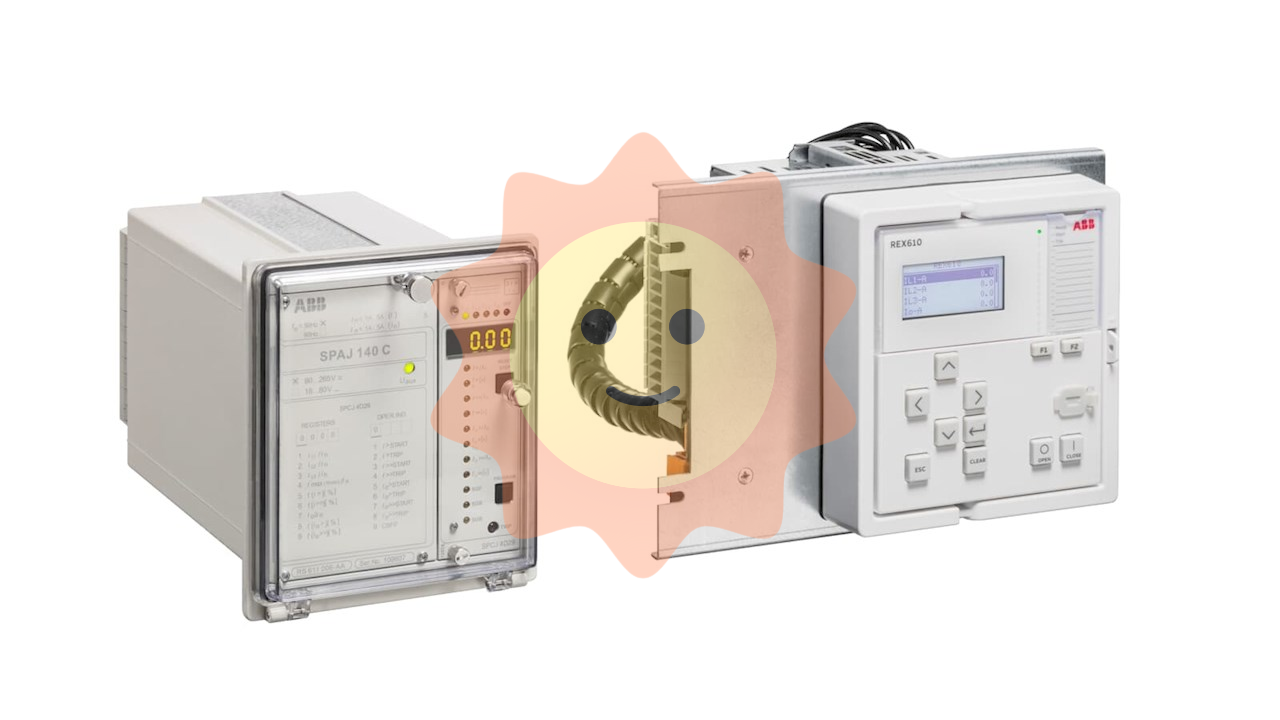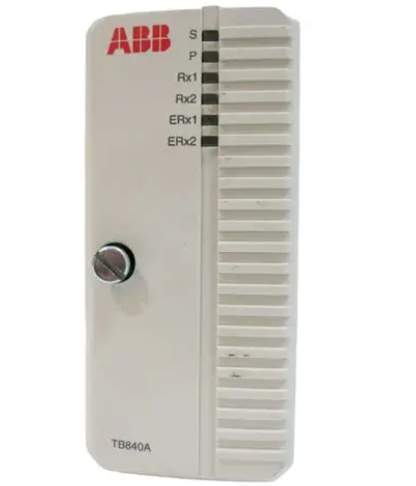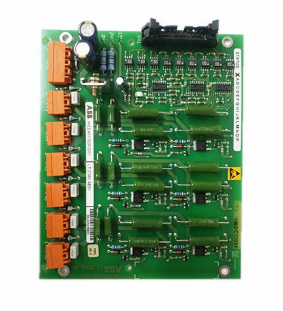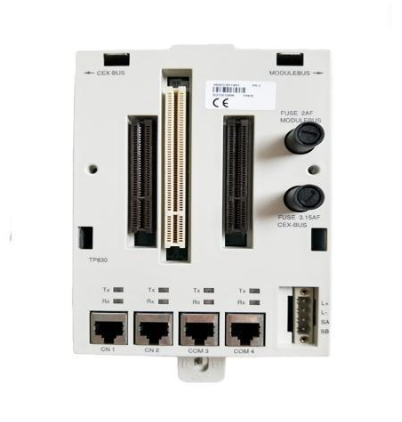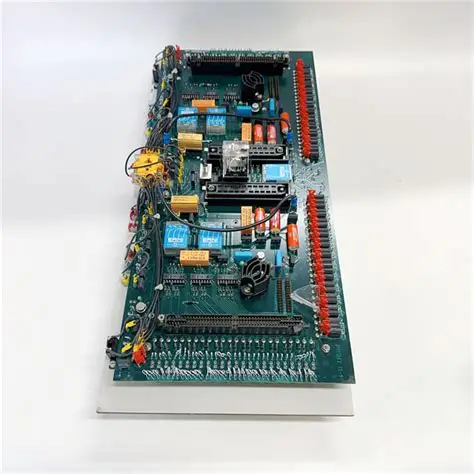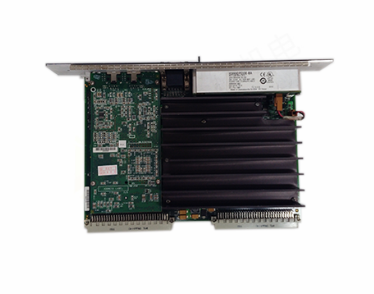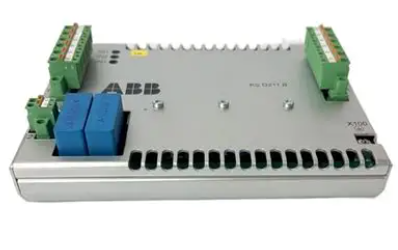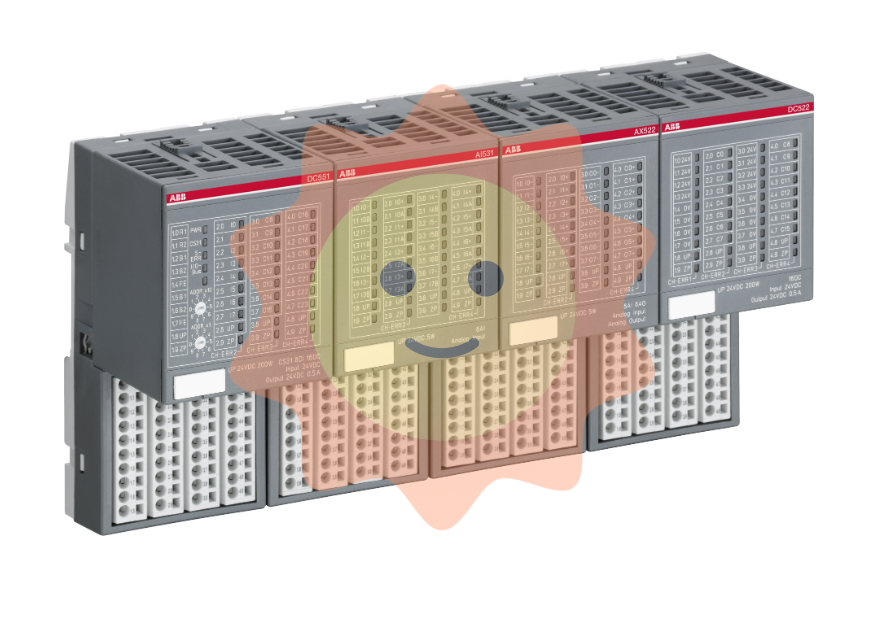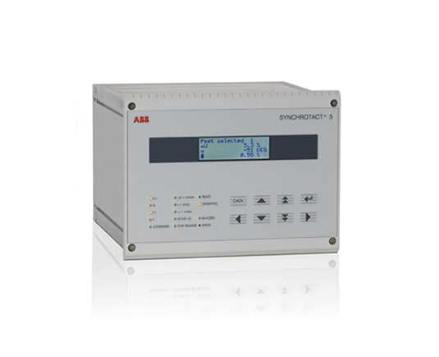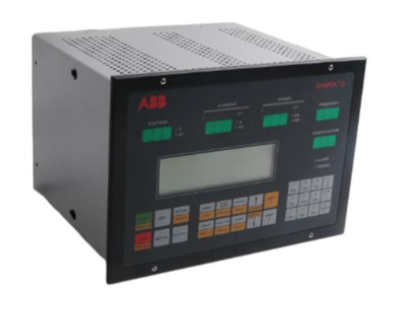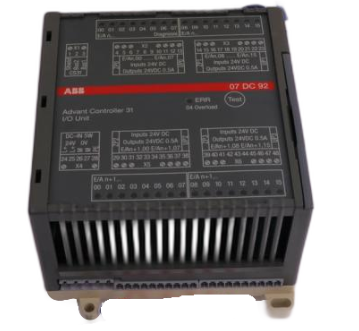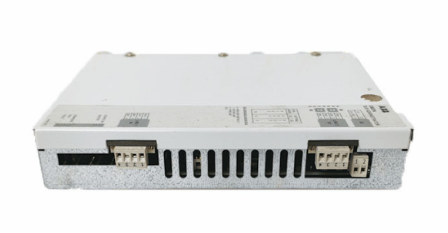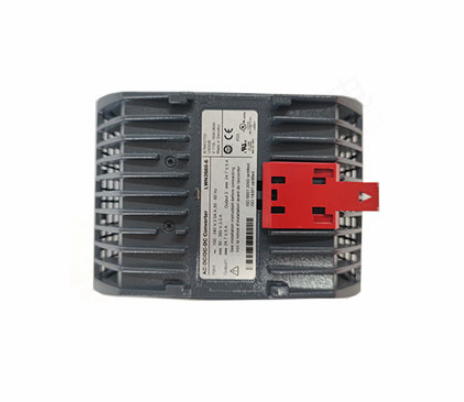Darkest moment: Jingdong's dilemma and broken game
First, the supply chain is king, the achievement of online retail giants
Looking back at the growth history of Jingdong, since the transformation from offline 3C counters to e-commerce in 2004, in addition to capital support, Jingdong has always relied on two trump cards throughout China's e-commerce business: low-price authentic products and high-quality experience. The former directly hit the early online shopping price chaos, fake rampant pain points; The latter takes the efficient logistics experience of self-distribution as the core, sets up the benchmark of e-commerce experience, and leads the trend of e-commerce branding together with Tmall. 14 years after the listing, Jingdong has introduced Tencent and Walmart two strategic shareholders, greatly expanding the company's front-end traffic entrance and back-end supermarket supply chain resources, becoming a comprehensive e-commerce giant with cross-category operation second only to Tmall in scale. In 2017, JD's transaction scale reached 1.29 trillion yuan, revenue 362.3 billion yuan, and annual active users of 290 million people, which surpassed the e-commerce industry.
We understand that Jingdong is a retail company with Internet attributes. Since its establishment, Jingdong has maintained strong retail attributes, self-operated business is the company's business basis and traffic source, and platform business is the company's cash tool: in 2017, Jingdong self-operated accounted for 58% of the total GMV, contributing 92% of the revenue; Self-operated e-commerce users realize the realization of advertising traffic through open platforms, and platform services (mainly advertising commissions) contributed 25.6 billion yuan of gross profit in 2017, accounting for more than half.
Jingdong's quality user base precipitated over the years is the underlying foundation and traffic barrier for Jingdong's future expansion. Jingdong currently accumulates 300 million quality users with high stickiness and strong consumption power: 1) According to the company's disclosure, the average annual purchase volume of Jingdong's old users registered in 2008 increased steadily from 3.7 in 2008 to 30.2 in 2017; 2) In January 2016, Jingdong officially launched the paid membership system "Jingdong PLUS", as of September 2018, PLUS members exceeded 10 million, membership renewal rate of nearly 80%, becoming the most mature e-commerce paid membership system in China. From the perspective of member portraits, 65% are young members under the age of 35, nearly 60% of members live in first - and second-tier cities, and 89% of members are highly educated people with a bachelor's degree or above.
Second, the core advantages of logistics are weakened, and the scale growth is slowing down
Since the second half of 17 years, the growth rate of Jingdong scale has plummeted. 3Q17 single quarter GMV growth rate decreased from 46.4% in 2Q17 to 32.3%; To 3Q18, although GMV still maintained a growth rate of 30.5%, revenue growth dropped to 25.1%, at the lower end of the company's guidance (25-30%), and further forecast that 4Q18 revenue growth of 18-23%; The growth rate of active users dropped to 14.6%, and the absolute user scale of 305 million at the end of the period declined for the first time (314 million 2Q18 users), and was surpassed by the rapidly rising Pinduoduo (386 million).

The difference in industry pattern determines that it is difficult for Jingdong to completely copy the road of Amazon's platform. Jingdong's model of starting from self-operated e-commerce and self-built logistics is similar to Amazon's starting point, and it was listed with the label of "Chinese Amazon", but it failed to replicate Amazon's success in the US e-commerce market in subsequent development. The reasons are as follows: 1) Different market position and competition pattern. Amazon's successful transformation benefited from eBay's backward strategy of not switching to B2C in time, and when Jingdong's self-operated business was not fully developed, Ali had begun to transition to B2C, and the advantages brought by network effects were at Ali's end. 2) The degree of improvement of supporting infrastructure is different, and Amazon logistics is more attractive to consumers than Jingdong Logistics and has a stronger traffic grip. 3) 3P business has different roles, and Amazon plays the role of "universal Taobao", with obvious differentiation competitive advantages.
Of course, there are short-term external competition factors such as Ali brand "two choices", but we understand the more fundamental reason is that in the past, the experience advantage of Jingdong relying on logistics time as the core was quickly caught up by the rookie system, and the differentiation advantage has not been established at the flow and commodity level.
1) Traffic operation. Since its establishment, Jingdong has been good at supply chain efficiency with logistics as the core, and since the 15-year "Jingteng Plan", front-end marketing has mainly copied the cooperation model of first-level entrance + advertising resources. Compared with Pinduoduo, which is also based on wechat ecology, Jingdong has failed to find an effective way to play the "sharing" attribute of social traffic, taking logistics sinking and quality service as the core selling point, and it is slightly difficult to compete for "edge users" of online shopping in the low-line market.
2) Logistics timeliness is the core part of Jingdong's past experience advantages. We believe that the current Jingdong logistics efficiency is still excellent, but the relative advantage of the Cainiao system is gradually reduced. In contrast, Ali's user experience improvement is still in the sensitive range (from 2-3 days to times/day); The improvement of Jingdong's logistics time has entered the deepwater area where users are relatively insensitive (some areas reach the same day from the next day; When Rida has approached the express limit, the cost has soared and needs to pay), the gap between users' actual perception will continue to narrow.
3) Category of goods. The relatively short board of traffic end operation and the weakening of logistics time advantage are the factors that hinder the sustained and rapid growth of Jingdong scale at the operational level. Corresponding to front-end sales, the current electrical appliances (accounting for about 50% of GMV, cash cow and basic plate), commercial ultra-fast consumer goods (about 11%, strategic categories to increase the re-purchase rate) and clothing and home textiles (about 15%, gross profit and advertising space expansion) are the three core categories of Jingdong. From the perspective of category, the current slowdown of Jingdong's growth lies in the lack of core categories to support future growth.
Third, profit: the mall profit has not been significant, logistics expansion drag performance
Criticism of Jingdong's profit performance has been accompanied by the company's listing so far. Under GAAP, Jingdong has not yet had a complete profit year, but the improvement trend is obvious: in 2017, GAAP net loss to the mother narrowed to 150 million yuan; 1-3Q18, JD.com's GAAP net profit returned to the mother of 2.19 billion yuan, of which 1Q18/2Q18/3Q18 returned to the mother of 15.3/ -22.1/2.88 billion yuan, the net interest rate of 1.5%/-1.8%/2.7%, in the non-promotional season Jingdong has the overall profitability (1Q17/3Q17 the same GAAP profit). Under non-GAAP, Jingdong has achieved continuous profit since 2016, but the profit volatility is still large: non-GAAP net profit in 3Q18 single quarter is 1.18 billion yuan, and the net profit rate is 1.1%; As a comparison, 3Q17 single quarter non-GAAP net profit of 2.22 billion yuan, net interest rate of 2.7%.
In addition to industry competition factors, we believe that the fluctuation of Jingdong's profit side is more due to the priority pursuit of scale and the development of new business represented by logistics socialization: in 1H18, Jingdong's core mall business operating profit of 3.38 billion yuan, an increase of 41.4% and an operating profit margin of 1.6%; However, the loss of strategic new business (social logistics, etc.) expanded to 2.42 billion yuan (VS 1H17 only lost 380 million), and the investment layout and market competition made by logistics transformation and open service providers are the main drag on Jingdong's profits.
Platform service revenue is the main source of gross profit for Jingdong Mall business. The current profit model of Jingdong Mall's main business is similar to "self-drainage, platform realization", and the gross profit contribution of platform service has exceeded the gross profit of self-operated products since 2015, which has become the main driving force for the improvement of Jingdong's comprehensive gross profit margin in recent years. In 3Q18, Jingdong Mall's platform service revenue reached 10.87 billion yuan, accounting for 10.4%. From the perspective of gross profit contribution, in 3Q18, Jingdong's comprehensive gross profit margin was 17.16% (self-operated income caliber), of which self-operated gross profit margin was only 7.31%, and platform service gross profit margin was 9.85%.

The total traffic cost of Jingdong platform merchants is 4.8%, which still has room for improvement compared with Tmall. Considering the platform monetization rate (commission advertising revenue/platform GMV, that is, the total traffic cost paid by merchants to the platform), the total monetization rate of 1H18 (TTM) Jingdong platform business is 6.4%, and after excluding logistics services, the advertising commission monetization rate is 4.8%, which is still in a steady rising channel. As a comparison, Ali's domestic e-commerce platform FY18 monetization rate is about 3.66%. Considering that Taobao merchants are free of commission, and the advertising revenue is also mainly contributed by Tmall brand owners, the extreme assumption is that Taobao merchants do not advertise at all, the corresponding Tmall monetization rate is capped at 8.3% (assuming that Taobao monetization rate is 1%/2%, the corresponding Tmall FY18 monetization rate is 7.0%/5.8%), and there is still room for improvement in the monetization rate of JD platform.
Losses in the expansion period of external orders drag down performance, and the real profitability of logistics may be underestimated. In April 2017, Jingdong announced the establishment of a logistics sub-group, the business is fully open to social operation (that is, no longer only for mall business system suppliers), and began to connect with NetEase Yanxuan, Amway and other B-side customers at the end of 2017; In 2017, Jingdong Logistics outbound orders (non-self-operated orders) revenue increased by 56.4% year-on-year to 5.12 billion yuan; 1H18 revenue increased 151.2% year-on-year to 5.11 billion yuan, and the logistics socialization business increased. We believe that the current financial data underestimate the profit potential of Jingdong logistics external orders: (1) The mode of opening positions first and collecting orders leads to low facility utilization in the expansion stage, resulting in operating losses. (2) JD Logistics is still in the scale-first expansion stage.
Detail Jingdong order performance costs: order fulfillment costs, logistics costs, distribution costs are true relationships. According to the company's annual report, Jingdong's performance costs include labor costs, payment fees, warehousing rental fees, third-party freight and others, of which payment fees account for about 5.1% (assuming half of the self-operated and third-party transactions), and after-sales costs (estimated by the proportion of customer service employees and labor costs) account for about 6.5%. After excluding, Jingdong's actual logistics-related expenses are about 88.4% of the fulfillment cost. Among them, distribution costs (separately disclosed in the annual report) accounted for 51.6%, which is a more appropriate caliber compared with express companies; Warehousing related expenses (including warehousing staff wages and equipment depreciation) accounted for about 36.8%.
The expense rate standard ignores the change of distribution cost caused by the change of Jingdong's category structure and customer unit price, and the per-unit distribution cost is a better consideration indicator than the rate. It is estimated that the total order volume of Jingdong in 2017 is about 2.42 billion, and after excluding virtual orders, the physical order volume is about 2.17 billion, of which the order volume of Jingdong logistics is about 1.52 billion (3P sellers only partially use Jingdong logistics). According to our calculation, Jingdong Logistics has shown scale effect from November to 13th, but 13 years later, the per unit cost has remained stable. From November to 2013, Jingdong's per unit performance cost decreased from 31.7 yuan to 20 yuan; Per unit delivery cost decreased from 17.4 yuan to 10.1 yuan. 17 Jingdong's average performance/delivery cost is 20.8/10.2 yuan, which has basically remained stable in the past four years. We believe that the main reasons include: (1) the change of distribution structure; ② Remote area coverage; (3) The marginal cost of time improvement is high.
We judge that Jingdong's future per-unit delivery cost still has room to decline in the future, mainly because: ① Jingdong has basically achieved full coverage of districts and counties, and the main trend in the next stage is to increase the diluted cost of order density in each district. ② The overall delivery time requirement is not expected to increase significantly; ③ There is room for improvement in the last kilometer; ④ New Dada provides capacity supplement for Jingdong Logistics during peak delivery hours; In the longer time dimension, technological progress is the next breakthrough in logistics cost reform.
Fourth, return to the source of business, deep cultivation of quality economy
Whether it is e-commerce or physical retail, the essence of business is still the pursuit of efficient matching of "people" and "goods". Under the trend of continuous improvement of industry efficiency and more detailed division of labor, different combinations of people and freight yards require different intensive farming methods. Clear user and demand positioning is the premise of correct strategy. Jingdong Logistics and Jingdong Finance (now renamed Jingdong Digital) are the two strategic businesses of Jingdong's transformation from retailer to service provider in the future, but at this point in time, their growth is still mainly rooted in the continuous expansion of Jingdong's retail system.
Jingdong's 300 million medium and high-end quality users gathered by supply chain efficiency and quality experience in the past are the company's core resources. Compared with sacrificing experience, or significantly increasing coverage costs to pursue unlimited channel sinking, we believe that more focus on the quality and consumption upgrading needs of existing users, improve the consumption frequency of stock users, and deepen the quality economy may be a more feasible and long-term strategic value attempt for Jingdong in the future.
From the perspective of flow, supply chain and goods:
1) Traffic: The membership system improves the re-purchase rate and cultivates quality users.
In October 2015, JD.com launched PLUS membership, which was the first paid e-commerce member in China. In August 2018, JD.com announced that PLUS members exceeded 10 million; According to EOU data, the user penetration rate of members is about 3.2%, and the renewal rate is nearly 80%.
From Amazon's experience, paying members can effectively increase the frequency and amount of consumption of members. Membership fee is a sunk cost for users, and "buy more and save more" is the basic motivation for users to increase consumption. In 2018, Amazon had more than 100 million Prime members worldwide, with renewal rates as high as 91%; According to Statista, the membership penetration rate in the United States reached 59% in June 2018. 46% of members shop once a week or more, compared with 13% of non-members. Members consume about $1,300 / year, about double the $700 level of non-members.
The core role of JD PLUS members is to break through the bottleneck of category expansion and achieve differentiated service provision. PLUS member benefits, shopping discounts (rebates + vouchers) and shipping waivers are the core features. The membership system selects consumers with the strongest willingness to pay and the highest recognition of platform services through the payment threshold, most of whom are expected to have relatively frequent shopping behavior on the Jingdong platform (make full use of 100 yuan/month shopping vouchers), and the consumption preference is convenient (5 shipping vouchers are exempted from the trouble of collecting bills). Whether it is product category or service expansion, upgrading around paying members may make it easier to get promoted and complete effective sales.

2) Goods: private brands, reconstructing retail links from the top of the supply chain
Private brand building is an operational strategy at the commodity level and an important source of differentiated content. Compared with the design of the front-end membership mechanism, the more important thing is whether it can provide more targeted services and more appropriate goods for the users selected by the paying membership mechanism. The simple member discount still stays in the price level of competition, differentiation is rooted in the content level. Members promote consumption "1→N" quantitative change (members buy more and get more within the cycle), commodity power determines the qualitative change of "0→1" (reflected in the renewal rate). At the same time, paying members provide stable sales expectations for the private brand supply chain, and ideally the two will eventually form a circular driving mechanism.
Jd.com began experimenting with its own brands in 2015. Among the first five brands, two brands in luggage and cosmetics have been suspended. Men's INTERIGHT and digital dostyle are doing well, and the annual sales volume is at the level of 100 million yuan. This reflects that Jingdong better understands the consumer needs of its main user group (young men); For fashion and personalized categories, JD's design and development capabilities and user base are not enough to cultivate its own brands.
3) Supply chain: Home business and Wal-Mart close cooperation, will compete for FMCG high-frequency entry
The short-distance delivery corresponding to home business is another area of exploration in the supply chain dimension of Jingdong. Business super house matching is still in the cultivation period, user habits have not yet developed; The FMCG category carried by Jingdong Home is the entrance of high-frequency consumption, which has strategic significance and growth prospects. Jd Home business with strategic partners such as Walmart and New Dada as the core is still a strategic area worth looking forward to.
Cooperation with Walmart or Jingdong home corner overtaking opportunity. In July 2018, Jingdong and Walmart announced that they would open up the entire line of inventory and cooperate with 10 cloud warehouses to improve O2O selection efficiency; In August, the two sides jointly raised capital to a new $500 million. We believe that Walmart is an ally of Jingdong with special significance, or an opportunity for Jingdong Home business to overtake a corner: ① Walmart's supply chain efficiency is beyond doubt, which helps Jingdong improve its cost control ability. Walmart's core "everyday low price" comes from cost control, and its efficient back office and replicable supply chain management capabilities built in more than 50 years of operation have been tested by history. ② Supplement Jingdong offline traffic entry. Jingdong has not yet established its own physical store system. Compared with its own store operation, Walmart's original mature store body and warehousing and logistics system in the Chinese market are undoubtedly beneficial supplements to Jingdong's offline network. 3. Jd is Walmart's core e-commerce partner in the Chinese market. Walmart is seeking e-commerce breakthrough in the world. After injecting the No. 1 store package into Jingdong (Walmart is the second largest institutional shareholder of Jingdong except Tencent) and jointly injecting Dada, Jingdong is the core e-commerce partner of Walmart in the Chinese market, and shoulders the operation exploration of e-commerce stores, and the investment is worth looking forward to.
Profit forecast and investment advice: Go to the bottom of the water and wait for the clouds to rise
We split JD's listed company business into three parts: self-operated e-commerce, third-party platform and logistics services. It is expected that the company's revenue in the next three years will be 4610.7/5509.6/638.19 billion yuan, with a year-on-year growth of 27.3%, 19.5%, 15.8%; Net profit returned to the mother 15.2/35.6/5.81 billion yuan; non-GAAP operating profit was 28.1/837/12.12 billion yuan respectively, corresponding to non-GAAP operating profit margin of 0.6%, 1.5% and 1.9% respectively.
Combined with segment valuation and DCF valuation, we believe that the fair market value of JD is about $37.5-42.9 billion (corresponding to $25.92-29.65 /ADS). As of the close of December 14, 2018, JD's market capitalization was $32.1 billion ($22.17 /ADS), down 46.5% year-to-date. We believe that the continued decline in the company's market value this year reflects the secondary market's excessive concerns about the deterioration of the domestic macroeconomic and industry competitive landscape. Over the past years, Jingdong has accumulated more than one trillion GMV scale relying on experience advantages, so that it has a strong advantage in the supply chain side, and there is still a large space for the multi-category consumption mining and platform traffic realization of 300 million quality users. Give the company an "overweight" rating.
- EMERSON
- Honeywell
- CTI
- Rolls-Royce
- General Electric
- Woodward
- Yaskawa
- xYCOM
- Motorola
- Siemens
- Rockwell
- ABB
- B&R
- HIMA
- Construction site
- electricity
- Automobile market
- PLC
- DCS
- Motor drivers
- VSD
- Implications
- cement
- CO2
- CEM
- methane
- Artificial intelligence
- Titanic
- Solar energy
- Hydrogen fuel cell
- Hydrogen and fuel cells
- Hydrogen and oxygen fuel cells
- tyre
- Chemical fiber
- dynamo
- corpuscle
- Pulp and paper
- printing
- fossil
- FANUC
- Food and beverage
- Life science
- Sewage treatment
- Personal care
- electricity
- boats
- infrastructure
- Automobile industry
- metallurgy
- Nuclear power generation
- Geothermal power generation
- Water and wastewater
- Infrastructure construction
- Mine hazard
- steel
- papermaking
- Natural gas industry
- Infrastructure construction
- Power and energy
- Rubber and plastic
- Renewable energy
- pharmacy
- mining
- Plastic industry
- Schneider
- Kongsberg
- NI
- Wind energy
- International petroleum
- International new energy network
- gas
- WATLOW
- ProSoft
- SEW
- wind
- ADVANCED
- Reliance
- YOKOGAWA
- TRICONEX
- FOXBORO
- METSO
- MAN
- Advantest
- ADVANCED
- ALSTOM
- Control Wave
- AB
- AMAT
- STUDER
- KONGSBERG
- MOTOROLA
- DANAHER MOTION
- Bently
- Galil
- EATON
- MOLEX
- Triconex
- DEIF
- B&W
- ZYGO
- Aerotech
- DANFOSS
- KOLLMORGEN
- Beijer
- Endress+Hauser
- MOOG
- KB
- Moxa
- Rexroth


Email:wang@kongjiangauto.com



































































